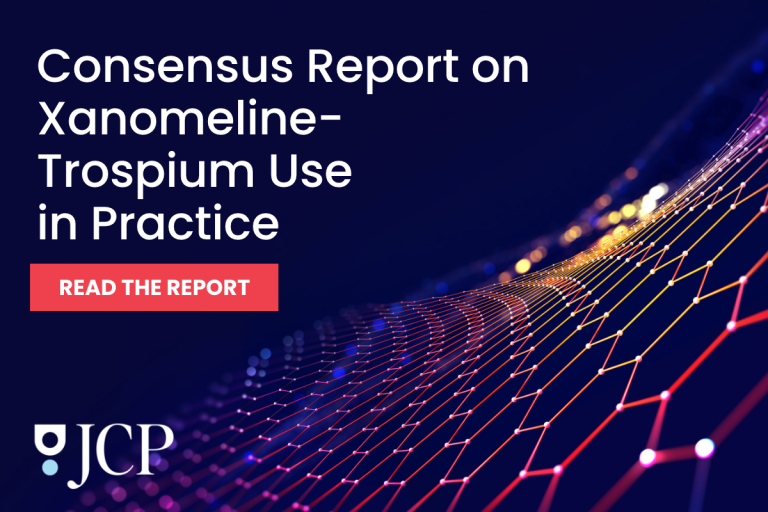Scientists have gone back and forth for years over the safety of opioid painkillers during pregnancy. Specifically, the threat they might pose to an unborn child. Much of the debate focuses on the child’s brain development and the potential risk of autism spectrum disorder (ASD) or attention-deficit/hyperactivity disorder (ADHD).
Now, one of the largest studies to date – tracking more than 1.2 million Swedish births – hints at an answer that might be more complicated than anyone suspected.
Researchers at Indiana University, Stanford, and Sweden’s Karolinska Institutet analyzed national health registry data spanning 2007 to 2018. They also followed the kids for another three years after that. Their goal? To separate the direct effects of prescribed opioid analgesics (POAs) from the confounding storm of factors that follow chronic pain, mental illness, or socioeconomic stress.
What the Data Showed
Kids who’d been exposed to opioid painkillers in utero made up about 4.4% of the study participants. And most of their parents filled only a single prescription during pregnancy.
By age 10, autism diagnoses affected 2% of unexposed children, 2.9% of those exposed to a low dose, and 3.6% of those exposed to higher amounts.
The ADHD cases followed a similar pattern, with rates climbing alongside opioid dose and duration.
At first glance, the numbers seemed to confirm earlier studies that suggest that higher exposure translates to higher risk. But once the team dug deeper – while adjusting for parental smoking, psychiatric diagnoses, income, and education – the “obvious” connections began to fade. And once they factored in comparison groups, such as siblings or parents who took opioids before (but not during) pregnancy, the associations virtually disintegrated.
In sibling comparisons, for example, high-dose exposure showed no measurable increase in autism (hazard ratio 0.99) or ADHD (0.94).
Why It Matters
Opioid prescriptions during pregnancy are a lot less common today than in the early 2000s. But they remain a reality for expectant mothers coping with severe back pain, an injury, or some other pregnancy-related conditions that demands pain relief. Earlier studies, including work in Norway, South Korea, and the United States, suggested elevated threats to children’s neurodevelopment, particularly with long-term or high-dose use.
But those findings often fell victim to self-reporting mistakes, a lack of thorough follow-up, or an inability to separate medication effects from the pain conditions that initiated the original prescription.
This new Swedish study stands out for both scale and design. By mining free-text prescription notes, the researchers calculated cumulative oral morphine equivalents, capturing even “as needed” instructions often lost in straightforward database studies. They also required children to reach minimum ages before diagnoses “counted,” curbing false positives.
Still, the authors caution that they can’t rule out harm from very high or prolonged exposure. Because most parents in Sweden received only brief courses of opioids, the researchers weren’t prepared to test the effects of months-long use or heavy dosing.
Implications
For clinicians and patients, the takeaway is a nuanced one. Untreated pain in pregnancy has its own set risks, posing threats to health, adding stress to families, and can influence fetal development. But so can overprescribing opioids.
Experts say the findings should encourage shared decision-making between pregnant patients and providers, weighing the known downsides of unmanaged pain against the uncertain risks of medication.
Future research, they add, should probe very high exposures, explore biological mechanisms, and extend beyond Sweden’s social and healthcare context.
“We need more explanation,” first author and IU graduate student Emma Cleary added. “It could be the pain and underlying pathophysiological processes, it could be genetics. But people who may be more likely to be prescribed an opioid, may also need more support to help manage symptoms throughout their pregnancy.”
In short, kids exposed to opioid prescriptions in the womb showed slightly higher rates of autism and ADHD. But once the researchers accounted for family background and genetics, that link disappeared. At typical prescription levels, opioids might not be the driving force behind developmental disorders we once thought they were.
Further Reading
New Autism Study Uncovers Four Biological Subtypes



